What is Fake Out-of-Home (FOOH)? - The Future of Outdoor Advertising
Want to save time?
Summarize this article in seconds with AI
Surely, you are familiar with DOOH (Digital Out-of-Home). But how much do you know about Fake Out of Home?
As explored in our previous article, 2024 New Outdoor Advertising Trends in Hong Kong, the OOH world is rapidly changing across the globe. Just as immersive experiences are becoming increasingly popular, another form of "virtually immersive" form of advertising is also on the rise. But what is this new thing called fake out of home ads?
FOOH is a very "now" twist on traditional OOH. These digital creations look like real outdoor ads — but they're produced entirely with CGI and shared online. Think viral CGI billboards that never physically existed, yet rack up millions of views. In this article, we’ll explore how brands like Maybelline and Adidas are using FOOH to achieve viral OOH marketing without even booking physical media. Let's look at some of the best fake out-of-home examples:
Table of Content
Introduction
FOOH examples
FOOH In Practice
- Benefits of FOOH
- The Challenges and Criticisms of FOOH
- Adapting FOOH as a Brand
- What's next for FOOH ads in 2025?
BONUS
What is FOOH?
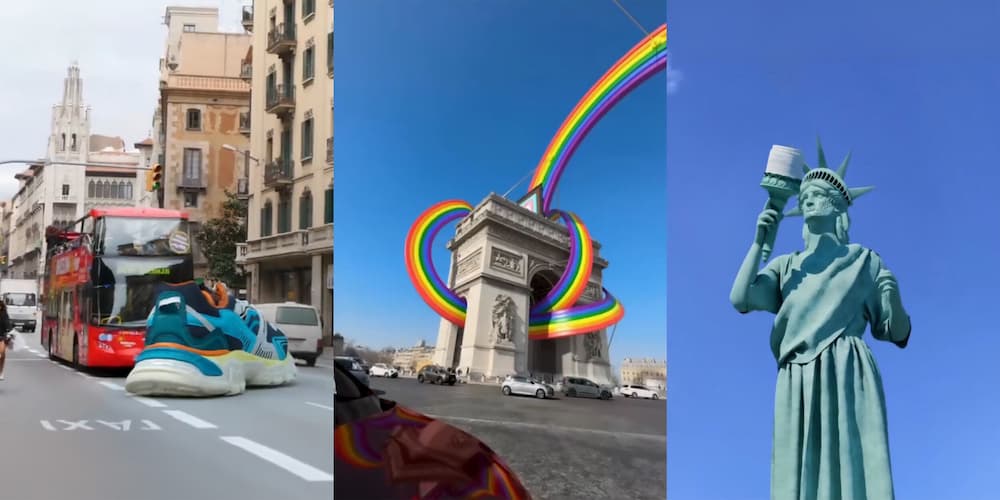
Source: Byten 21
FOOH meaning: "Fake Out of Home". Imagine a grand OOH advertising campaign as tall as the IFC: a 412-meter installation of your latest product. Better yet, make it a moving object that walks down the busiest streets of Central and past all the iconic landmarks in Hong Kong. Sounds out of this world? Well, it is possible in 2024. The best part is that you don't have to spend a dime on building the extravagant-sized installation, nor figure out how logistically and legally to pull this off.
Introducing FOOH, through which your wildest ideas can finally come true.
Fake Out of Home refers to the use of digital manipulation or creative staging to craft the illusion of an outdoor advertising campaign that doesn't actually exist in the physical world. This could range from digitally inserted billboards in social media photographs to elaborately staged events that are designed primarily for online consumption rather than real-world interaction. The essence of FOOH marketing lies in its ability to generate buzz and engage audiences online, leveraging the viral potential of social media platforms.
How Does FOOH Work?
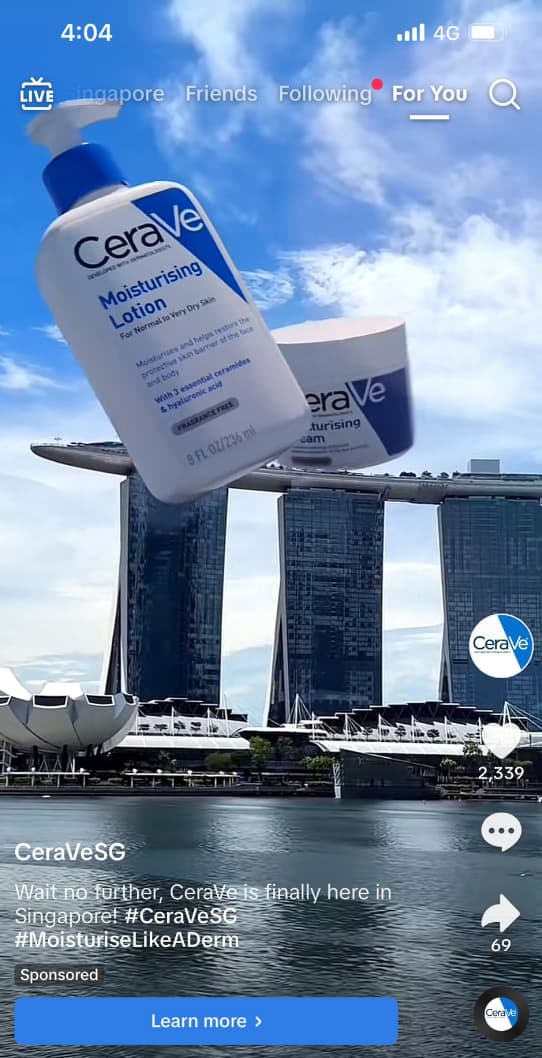
Source: Marketing-Interactive
FOOH operates through a variety of mechanisms, from simple Photoshop edits to sophisticated CGI & augmented reality (AR) experiences. A FOOH video is different from pure animation as CGI ads take the real background of a chosen setting and add visual effect elements, much like how some movies do it.
A notable example of a fake out of home ad is a Paris Olympics-related campaign in Hong Kong. A cinematic ad by Cathay Pacific was "seen" projected perfectly onto the Henderson building, acting as an extravagant billboard in a prominent location. The blade-runner-looking "ad", while never existing in the physical realm, generated considerable online engagement and discussion.
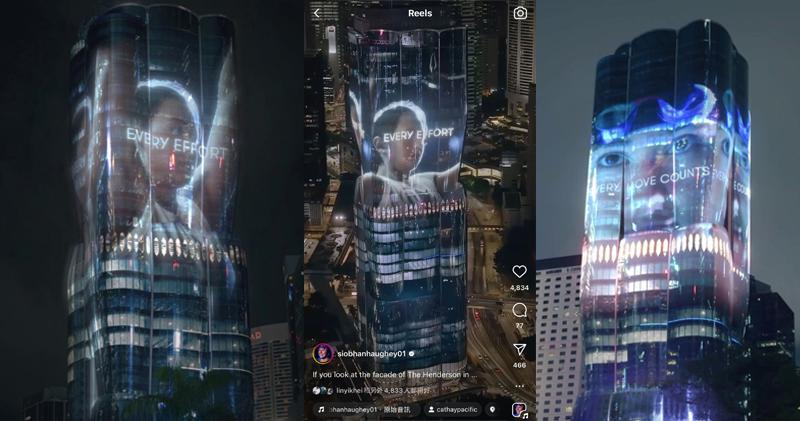
Source: Ming Pao
How Is FOOH Different From Traditional OOH?
FOOH may look like out of home advertising, but it's built for an entirely different environment — the internet. It doesn't rely on real locations or physical installations, but instead on how convincingly it can fake them. Here's how the two compare when it comes to strategy, execution, and results:
| Aspect | Traditional OOH | FOOH (Fake Out-of-Home) |
|---|---|---|
| Medium | Physical spaces: billboards, posters, panels | Virtual spaces: video, CGI, augmented visuals |
| Reach | Local or regional, based on placement | Global, driven by social media shares |
| Costs | Higher: includes location rental, permits, printing | Lower: no rental fees, but higher creative costs |
| Timeline | Requires installation time and city approvals | Faster to produce and publish |
| Creative Constraints | Bound by real-world physics and zoning rules | Creative freedom — anything is possible visually |
| Metrics | Foot traffic, estimated impressions | Views, shares, engagement rates |
| Main Objective | Visibility in a specific location or route | Online buzz and viral brand exposure |

Interested in running a FOOH CGI ad?
Adintime can get you the best rate with the best fake out of home artists in Hong Kong. Find out how now ↓
FOOH Examples: Adidas Hong Kong
Remember us mentioning FOOH ads at IFC? Adidas Hong Kong did just that. In a recent campaign promoting the new ADIZERO Adidas Pro 3 along with the Hong Kong Marathon, Adidas creatively showcased the product through augmented reality (AR). Having the shoes themselves interact with the real environment captured on video including flying over Hong Kong's sky and hanging on top of the IFC. The video quickly garnered over 200,000 views and was shared hundreds of times.
Also recommended:
FOOH Example: Barbie - The Movie Sensation
To say that the Barbie movie is a global sensation is possibly an understatement. The marketing around the movie was ingenious and was a major contributor to the movie's success. Take this innovative advertisement in Dubai, for example. A giant Barbie doll was placed next to Burj Khalifa through AR became hot viral content as it promoted the release of the movie. All the campaign needed to engage their audience was simply the participants' smartphones. Since everyone with a cell phone can access this FOOH "installation", combined with the fun and innovative ad design, shareability is through the roof!
Related article:
Maybelline FOOH Example

Source: MGT Design
In promotion of their SKY HIGH Lash Sensation Mascara, Maybelline utilized FOOH and placed the product in the London subway in the most endearing and creative way. The footage was quickly shared all over the world on TikTok, YouTube, and even LinkedIn. This is FOOH ads in their best light!
The Benefits of FOOH
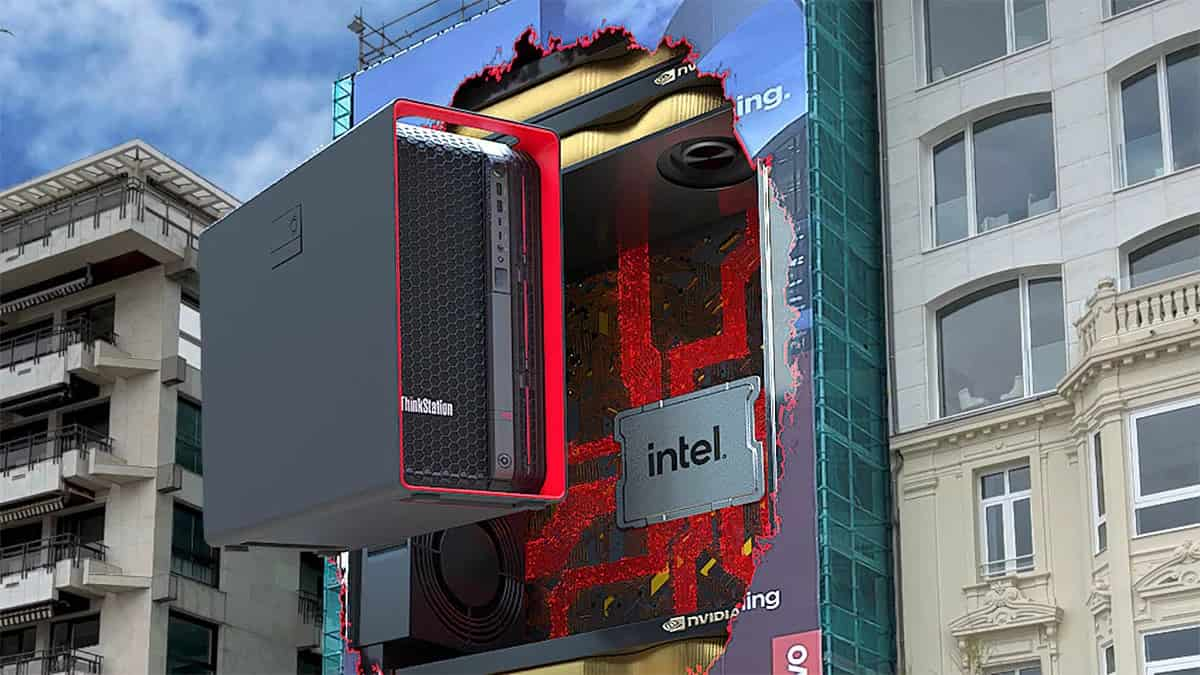
Souce: rendersnek.
- Innovative Engagement: FOOH allows brands to break free from the constraints of physical spaces, offering creative and innovative ways to engage with their audience.
- Cost-Effectiveness: Without the need for physical billboard space, fake out of home can be a more cost-effective strategy, removing the expenses associated with printing and placing traditional outdoor ads.
- Viral Potential: The unique and often surprising nature of fake out of home advertising makes them ripe for sharing across social media, amplifying their reach beyond traditional outdoor advertising methods.
The Challenges and Criticisms of FOOH
- Authenticity Concerns: One of the primary criticisms of fake out of home ads is their potential to mislead audiences, raising questions about the authenticity of what is being advertised.
- Regulatory and Ethical Issues: FOOH operates in a grey area concerning advertising standards and regulations, potentially leading to ethical dilemmas regarding truth in advertising.
- Impact on Consumer Trust: Overreliance on fake out of home strategies might erode consumer trust over time, as audiences become wary of distinguishing between genuine and digitally fabricated advertisements.
Adapting to the FOOH Trend as a Brand
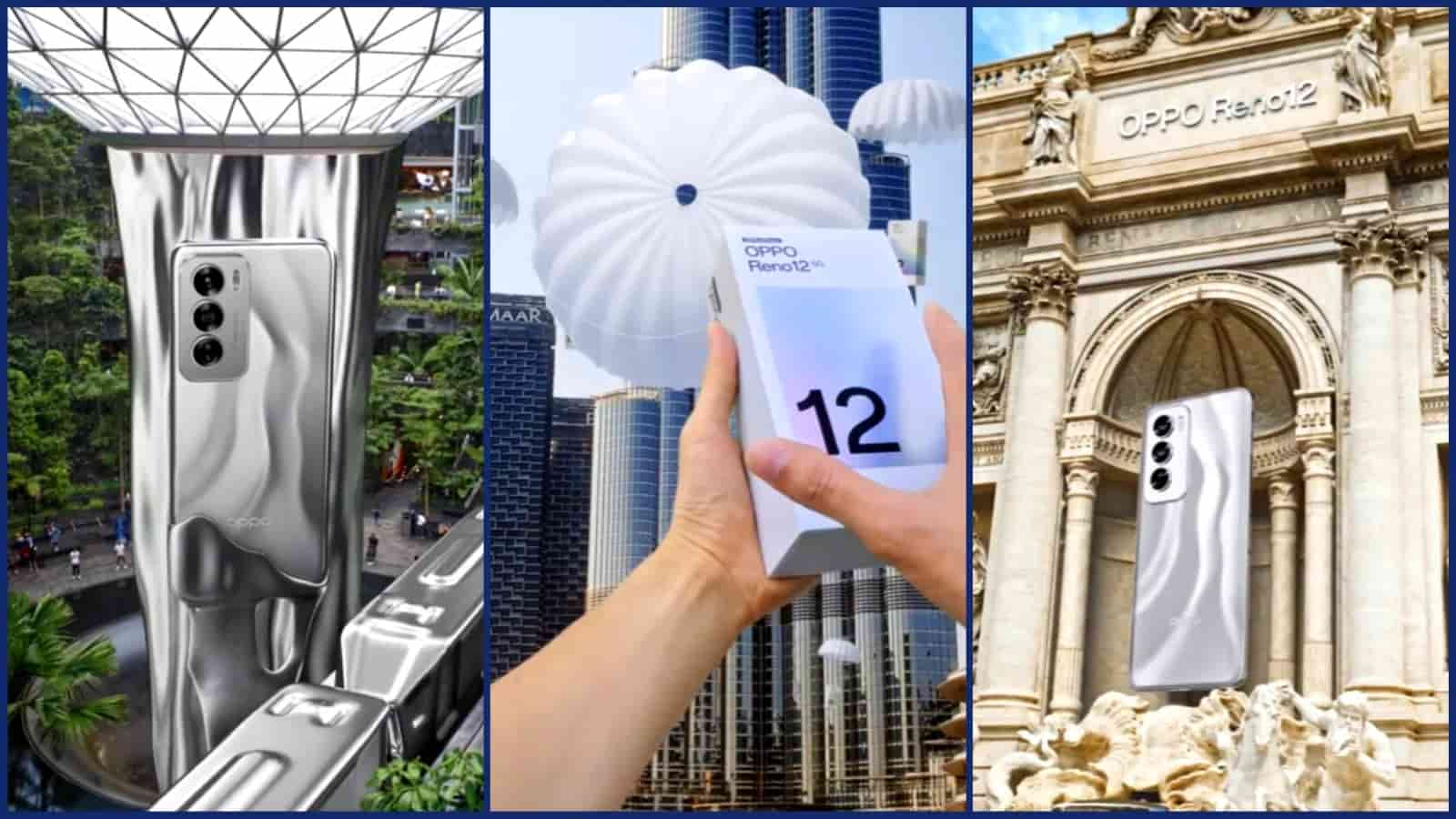
Source: Marketing-Interactive
For brands looking to navigate the fake out of home landscape, a balanced approach is key. Embracing the innovative potential of FOOH requires a commitment to transparency and ethical practices. Brands should consider the following strategies:
- Transparency: Clearly communicating the nature of FOOH campaigns to avoid misleading audiences.
- Creativity with Integrity: Leveraging the creative potential of fake out of home while maintaining a commitment to authenticity and truth in advertising.
- Integrating Traditional and Digital: Combining fake out of home advertising with traditional outdoor advertising methods to create a cohesive and multifaceted campaign strategy.
What's next for FOOH ads in 2025?
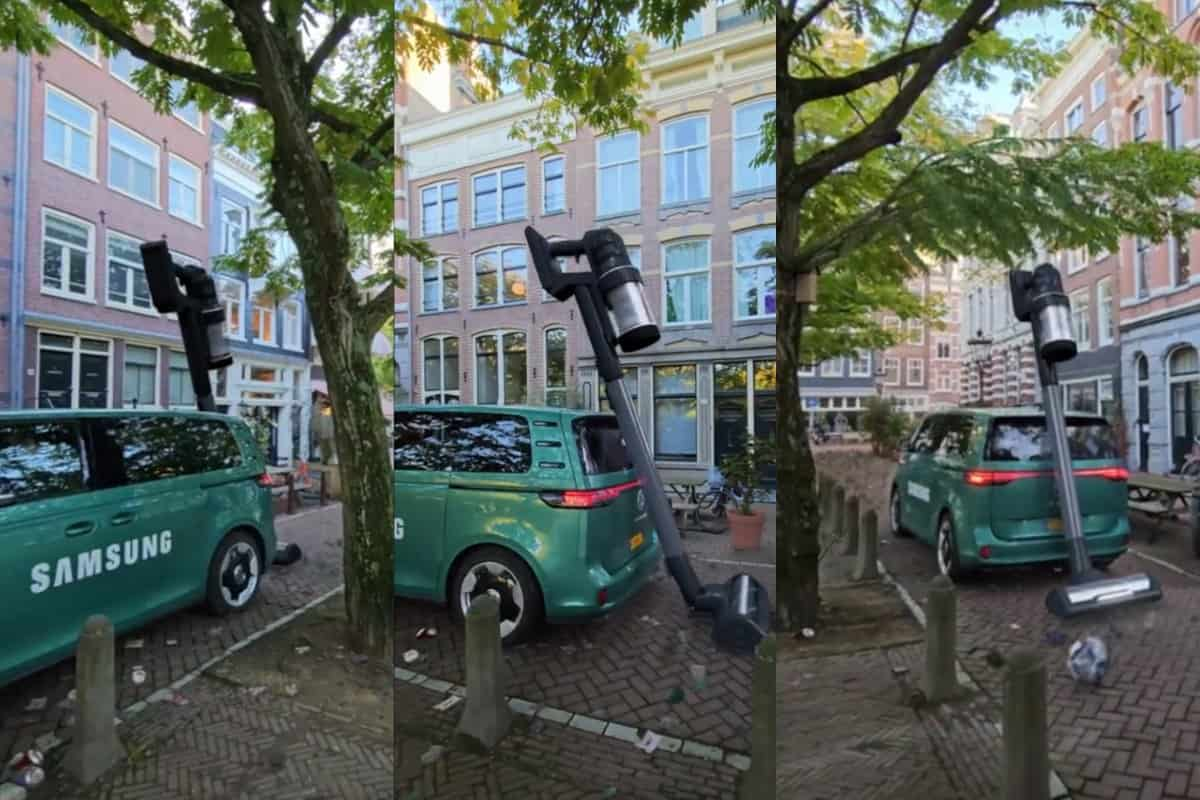
Source: Vacuumtester
FOOH represents an important change in outdoor advertising industry. While this new format offers a playground for innovation and creativity, it is crucial to put careful consideration in ethical practices and compliances. Also, keeping yourself updated on fake out of home trends can help you achieving success if you ever wish to venture into this endeavour.
We trust that as the advertising world continues to evolve, fake out of home will stand as a testament to the industry's ongoing transformation, urging more and more brands to adapt creatively while upholding the principles of authenticity and transparency.
How to make Fake Out of Home ads? (...DIY with AI?)
And we tested it again with the Adintime branding:
What do you think? Would you give FOOH a try?
 Cookie preferences
Cookie preferences








 Xiaohongshu Advertising Guide: How Can Hong Kong Brands Maximize Their Results?
Xiaohongshu Advertising Guide: How Can Hong Kong Brands Maximize Their Results?
 2x your advertising effectiveness: Master big data to optimize ad ROI
2x your advertising effectiveness: Master big data to optimize ad ROI
 Top 5 Best Ads in 2025 in Hong Kong
Top 5 Best Ads in 2025 in Hong Kong
 Hong Kong Outdoor Advertising Cost in 2026 | Adintime Report
Hong Kong Outdoor Advertising Cost in 2026 | Adintime Report
 Marketing Calendar 2026: Key Dates For Marketing Success
Marketing Calendar 2026: Key Dates For Marketing Success
 The Most Widely-Read Magazine and Newspaper in Hong Kong
The Most Widely-Read Magazine and Newspaper in Hong Kong
 Understanding YouTube Advertising Costs in 2025
Understanding YouTube Advertising Costs in 2025
 OOH /DOOH advertising in Hong Kong: Formats and Rates (2025 Update)
OOH /DOOH advertising in Hong Kong: Formats and Rates (2025 Update)
 How much does LinkedIn Advertising Cost? (2025 Update)
How much does LinkedIn Advertising Cost? (2025 Update)
 Press Ad Basics: Types, Formats and Ad Price
Press Ad Basics: Types, Formats and Ad Price